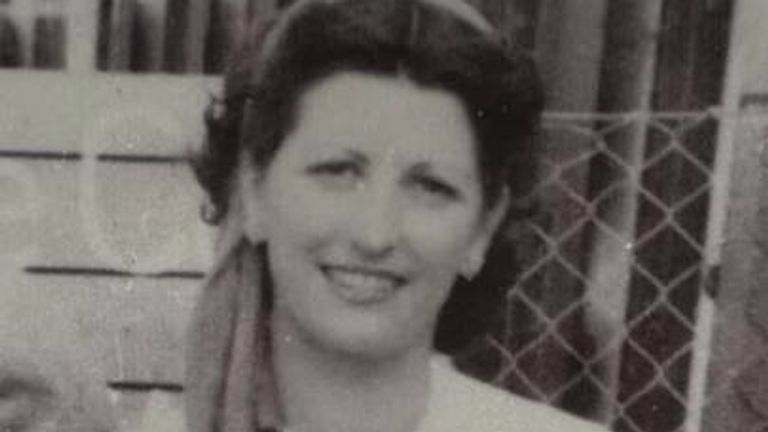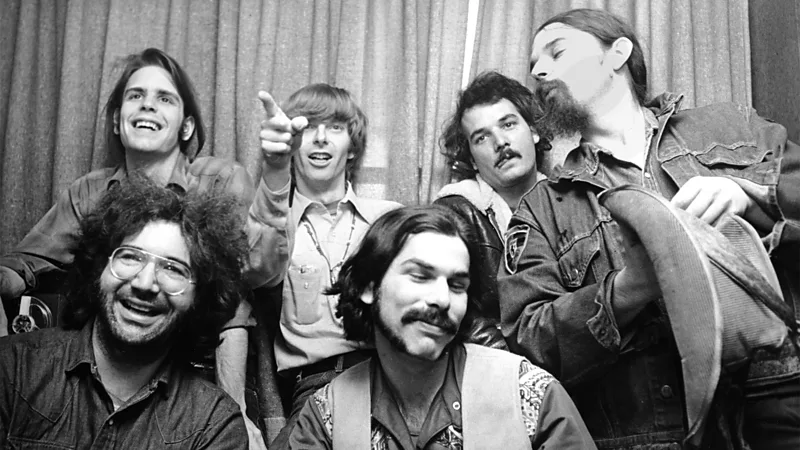Winter ‘bomb cyclone’ looms ahead of US holiday weekend
A ‘once-in-a-generation’ winter storm with temperatures as low as -40 degrees Celsius causes Christmas travel chaos.

A deep freeze enveloping most of the United States combined with a massive winter storm brewing in the Midwest to leave nearly two-thirds of the country under extreme weather alerts, confounding travel plans for millions of Americans.
Heading into the Christmas holiday weekend, the looming storm was forecast to develop into what forecasters described as a “bomb cyclone,” unleashing heavy, blinding snow from the northern Plains and Great Lakes region to the upper Mississippi Valley and western New York.
Tens of millions of people were under winter storm advisories or warnings, with meteorologists saying it was so cold in places that anyone venturing outside risked frostbite within minutes.
“This is not like a snow day when you were a kid,” President Joe Biden told reporters. “This is serious stuff.”
Numbing cold intensified by high winds was expected to extend as far south as the US-Mexico border.
‘Bomb cyclone’
By late Thursday, most of the country’s 48 contiguous states, from Washington to Florida, were under wind-chill alerts, blizzard warnings or other winter weather advisories affecting more than 200 million people, about 60 percent of the US population, the National Weather Service (NWS) reported.
The NWS map of existing or impending wintry hazards, stretching from border to border and coast to coast, “depicts one of the greatest extents of winter weather warnings and advisories ever,” the agency said.
AccuWeather forecasters have said the storm could rapidly strengthen into what is known as a “bomb cyclone” through a process known as “bombogenesis,” when the barometric pressure drops and a cold air mass collides with a warm air mass.
This could unleash snowfalls of half an inch (1.25cm) per hour driven by gale-force winds, cutting visibility to near zero, the NWS said.
Combined with the Arctic cold, wind-chill factors as low as 40 degrees below zero Fahrenheit (minus 40 Celsius) were forecast in the High Plains, the northern Rockies and the Great Basin, the weather service said. Exposure to such conditions without adequate protection can cause frostbite within minutes.
Power outages were expected from high winds, heavy snow and ice, as well as the strain of higher-than-usual energy demands.
Conditions were cold enough for people to post videos of themselves carrying out the “boiling water challenge,” where boiling water is thrown into the air and instantly freezes.
No travel
One of the greatest immediate effects, even before the storm fully took shape, was the upending of commercial air traffic during the busy holiday travel period.
Plane tracking website Flightaware.com showed more than 22,000 flights had been delayed on Thursday, with 5,500 cancelled outright, many at Chicago O’Hare or Denver, both international hubs.
Madison Painter told CNN she and her fiance had decided to drive 700 miles (1,120km) after their flight from Chicago to Atlanta had been cancelled.
“I wanted to get home to our families,” she said.
Holiday travel volumes are expected to be close to pre-pandemic levels, with the busiest day on Thursday, three days before Christmas.
Blinding whiteouts and hazardous road conditions were already spreading, even as 100 million people were expected to take to the roads, according to the American Automobile Association.
New York Governor Kathy Hochul joined the governors of several other states in declaring a state of emergency, warning of a long list of possible calamities.
“Heavy rain and snow, strong winds, coastal and lakeshore flooding, flash freezing, extremely low wind chills and power outages all possible,” an announcement said.
-al jazeera







